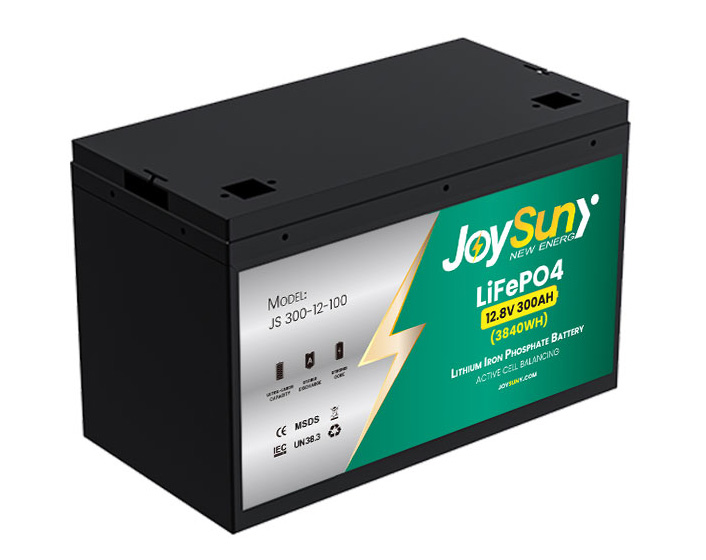Lithium-ion batteries, serving as the present and future of battery technology due to their lightweight and high energy capacity, are prevalent in various devices. However, these batteries have a limited lifespan. This article explores methods to detect battery deterioration and offers guidance to extend battery longevity.
Recognizing Signs of a Defective Lithium-Ion Battery:
Lithium-ion batteries, commonly found in smartphones, laptops, and other devices, are not immortal. Despite their reputation for durability, they eventually degrade. Here are seven indicators of a weakening battery:
● Extended Charging Times: A sluggish recharge process suggests reduced battery efficiency. As lithium-ion batteries age, their ability to retain a charge diminishes, prolonging charging times and reducing power levels. Consulting an expert for repair or replacement is advised.
● Reduced Battery Lifespan: If your device's battery no longer holds a charge for as long as it used to, it's a sign of decay. Replacing the lithium-ion battery can extend the device's lifespan without replacing the entire unit.
● Elevated Temperature While Charging: Overheating during charging is a concerning symptom of battery malfunction, often leading to fire hazards. Swapping out the defective battery is crucial.
● Unresponsive Charging: Inoperable charging despite repeated attempts signals battery failure, necessitating a replacement to restore device functionality.
● Unexpected Shutdowns: Abrupt device shutdowns with a charged battery point to battery deterioration. Seeking professional assistance for battery replacement is recommended.
● Inaccurate Battery Indicator: Devices shutting down despite indicating ample charge implies battery aging. A replacement battery can resolve this issue.
● Sluggish Device Response: Slowness may stem from an aging battery's inability to retain energy efficiently. Addressing this could involve replacing the battery or optimizing device usage.

Testing for Battery Damage:
To assess battery health, a multimeter is an invaluable tool. Disconnect the battery from the device, attach multimeter leads to the battery terminals, and measure DC voltage. A reading below nominal voltage indicates damage. Capacity can be assessed by fully discharging the battery and re-measuring voltage.
Tips to Prolong Lithium-Ion Battery Lifespan:
● Use Quality Chargers: Employ chargers designed for rechargeable lithium-ion batteries to prevent damage.
● Avoid Overcharging: Charging only when necessary and avoiding overnight charging helps preserve battery life.
● Prevent Over-Discharging: Maintaining a charge above 50% and avoiding full depletion safeguards battery health.
● Optimal Storage: Storing batteries in cool, dry environments prevents premature degradation.
● Choose Reliable Brands: Opt for reputable battery brands to ensure quality and prevent damage.

Preventing Premature Battery Failure:
Though inevitable, prolonging battery life is achievable:
● Temperature Control: Extreme temperatures can hasten battery deterioration; maintain moderate environments.
● Regular Usage: Frequently using batteries prevents premature aging compared to infrequent use.
● Proper Storage: Storing batteries in cool, dry places during periods of non-use prevents degradation.
● Avoid Overcharging: Preventing battery overcharge ensures longevity.
Conclusion:
Lithium-ion batteries are integral to modern technology, but they are not everlasting. Recognizing signs of deterioration and adopting practices to extend battery life is essential. By understanding these factors, users can optimize battery performance and make informed decisions regarding replacement, enhancing device functionality and safety.

